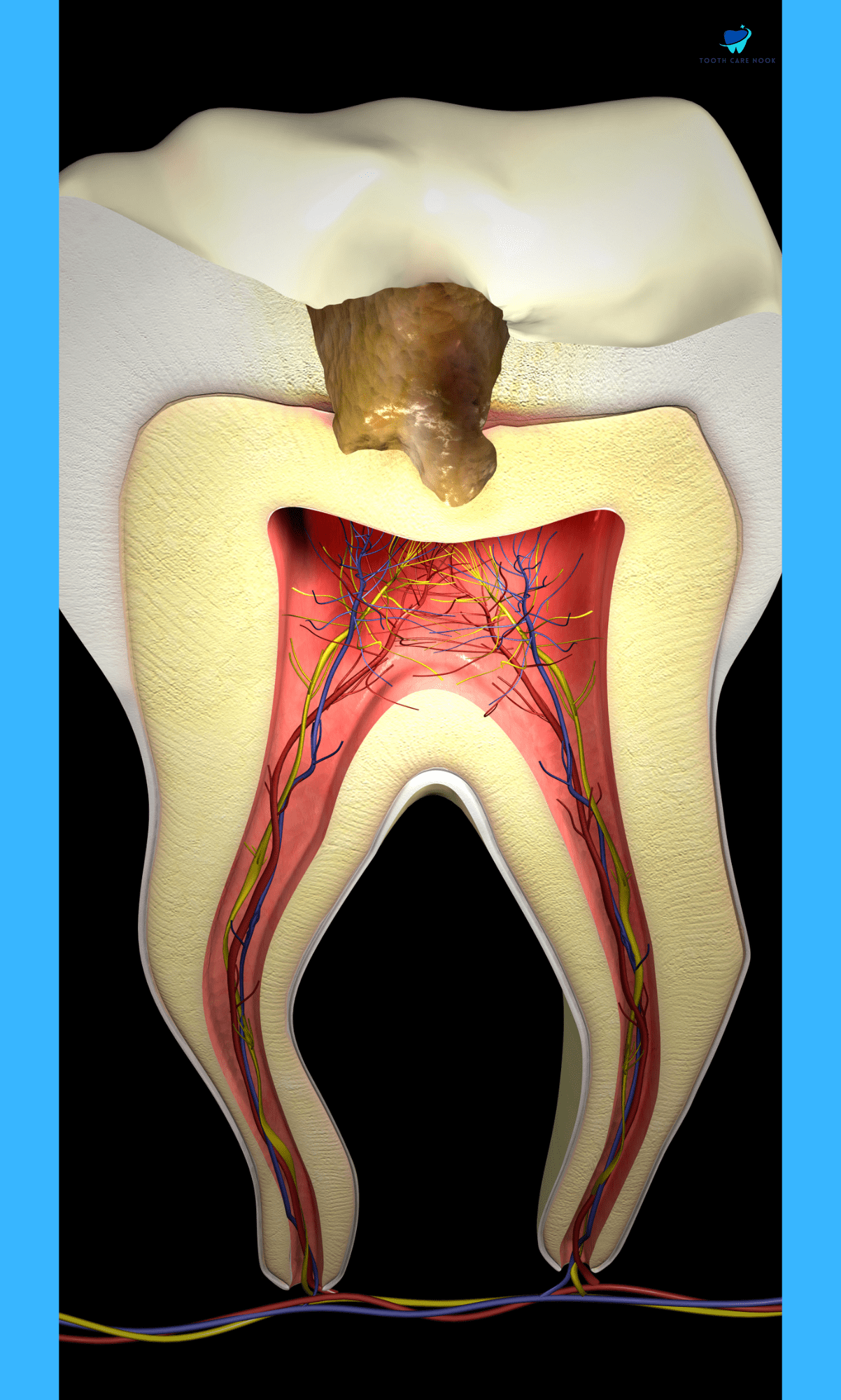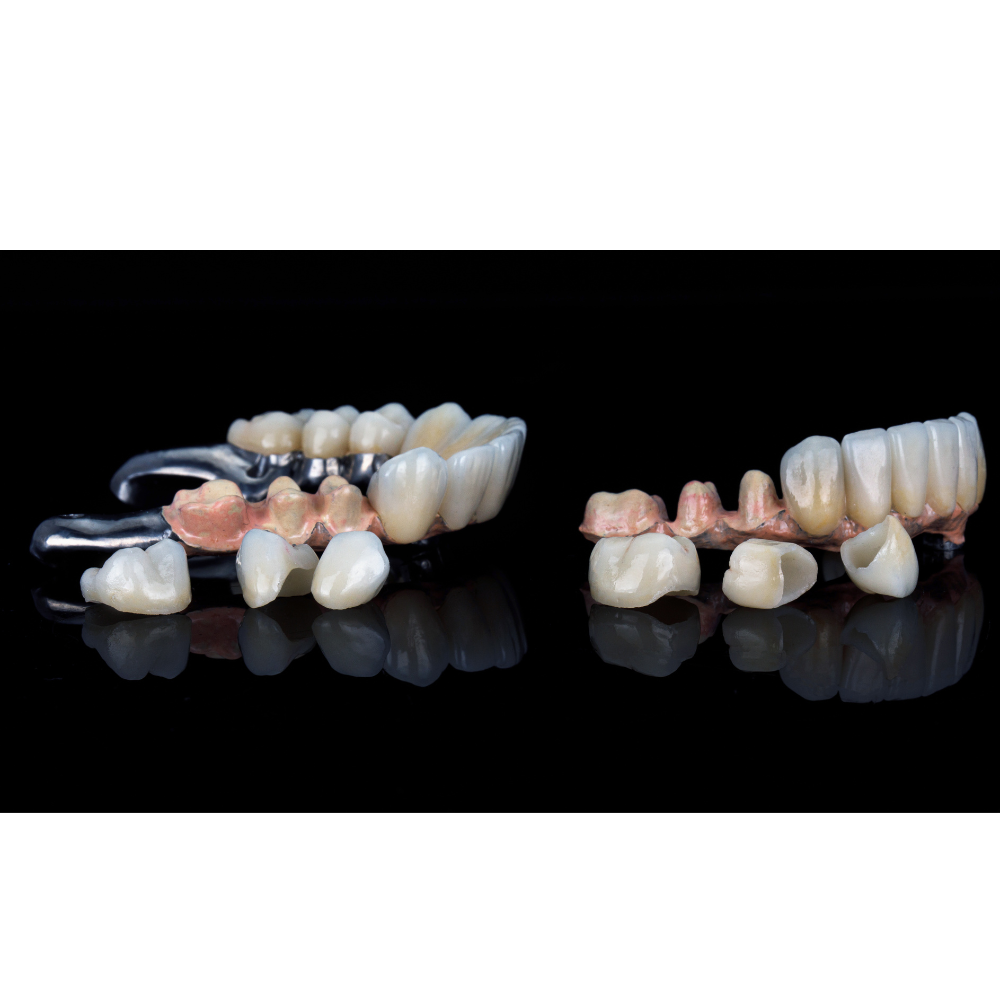Hardest Substance in Human Body | A Detailed Overview
Tooth enamel plays a pivotal role in maintaining overall health and well-being, from protecting vital organs to facilitating everyday activities such as chewing and biting. It also protects your teeth from the rigors of daily use and is renowned as the hardest substance in the human body. This clear mineralized external layer covers the visible portion of teeth and provides them with strength and resilience.
Here we will examine the complexities of this remarkable substance, which plays a profound role in maintaining dental integrity and overall well-being. Let’s uncover the things that make the teeth the hardest substance in the human body.
What Makes the Teeth Hardest Substance in the Human Body
Teeth are the hardest substance in the human body primarily because of the presence of enamel. Enamel consists of hydroxyapatite crystals which is a calcium phosphate mineral. This composition gives enamel exceptional hardness and durability and can withstand chewing, biting, and grinding forces.
Enamel lacks nerve endings which makes it resistant to sensations such as pain. Because enamel has a dense structure and a unique mineral composition, teeth have an exceptional hardness.
Composition of Teeth
The composition of teeth consists of distinct parts, each part has a significant role in dental structure and function.
Enamel:
Enamel acts as a protective barrier and most importantly it protects the fundamental tooth structures from damage and decay.
Dentin:
Most of a tooth’s structure is made up of dentin. The microscopic tubules in dentin send sensations to the nerve center of the tooth which influences sensitivity to temperature and pressure.
Pulp:
At the center of each tooth is the pulp. It serves as the tooth’s lifeline and supplies nutrients and oxygen to maintain its importance. It also plays a role in the sensation of pain, as the nerve fibers within the pulp can send signals in response to any injury.
Cementum:
Cementum is a specific calcified tissue that covers the tooth roots and anchors them securely within the jawbone. Its periodontal ligament’s surface helps support the tooth and absorb the forces generated during chewing and biting.

Hardness of Tooth Enamel
The Mohs Hardness Scale is a referenced scale to discuss the hardness of tooth enamel. This scale ranks minerals based on their scratch resistance and relative hardness. Tooth enamel ranks 5 on the Mohs Scale, which is relatively high compared to other substances.
The Mohs Scale ranges from 1 to 10, with 1 being the softest and 10 being the hardest. The enamel’s position on 5 indicates its significant protection from scratching and wear. This characteristic is crucial for safeguarding teeth from the grating powers of biting and crushing food.
Comparison of Tooth Enamel Hardness
Here’s a comparison of tooth enamel hardness with various materials:
| Material | Mohs Hardness Scale |
| Tooth Enamel | 5 |
| Bone | 2.5 |
| Gold | 2.5 – 3 |
| Steel | 4 – 4.5 |
| Glass | 5.5 – 6 |
| Diamond | 10 |
The table clearly shows that tooth enamel is harder than the other common materials and plays its role as the body’s hardest tissue.
Bone:
Bone is relatively softer, with a Mohs hardness of about 2.5. So it is clear that teeth are stronger than bones.
Gold:
Pure gold has a Mohs hardness of around 2.5 to 3 which shows it is softer than tooth enamel.
Steel:
Steel falls within the range of 4 to 4.5, which indicates it is slightly softer than tooth enamel.
Glass:
Glass ranges from 5.5 to 6 on the Mohs Scale which is harder than the tooth enamel.
Diamond:
Diamond is the hardest material and scores 10 on the Mohs Scale which is higher than the hardness of tooth enamel.
Things That Can Damage Tooth Enamel
Despite being the hardest substance in the human body, certain things can potentially damage tooth enamel. Some of them include,
- Acidic and sugary foods and drinks
- Chewing hard objects
- Acidic oral care products
- Damaged teeth from accidents or injuries.
- A hard-bristled toothbrush.
- Bruxism.
Care Tips for Your Teeth
- Use dental floss or interdental cleaners to clean between teeth and along the gumline.
- Use fluoride mouthwash in your oral hygiene routine to strengthen enamel, prevent cavities, and freshen your breath.
- Use dental sealants, a protective coating applied to the chewing surfaces of molars to prevent decay in hard-to-reach areas.
- Maintain a diet rich in fruits, vegetables, lean proteins, and dairy products.
- Stay hydrated by drinking water throughout the day to rinse away food particles and neutralize acids in the mouth.

FAQs
Are teeth harder than diamonds?
No, teeth are not harder than diamonds. Diamonds are widely recognized as the hardest naturally occurring substance on Earth. Diamonds rank at the top of the Mohs Hardness Scale with a perfect score of 10 which shows excellent protection from scratching and abrasion.
What is the second hardest substance in our body?
Dentin is the second hardest substance in the human body. Dentin plays an important role in maintaining the integrity of teeth. It surrounds the tooth’s pulp and is protected by enamel on the tooth’s outer surface.
Is a tooth a bone?
No, a tooth is not a bone. While both teeth and bones are hard, they have different structures, functions, and compositions. Teeth are part of the body’s digestive system and are responsible for breaking down food during chewing, while bones provide structural support and protection for organs and act as connection sites for muscles.
Why do I have yellow teeth?
The main reasons for having yellow teeth;
- Poor oral hygiene.
- Any medical conditions.
- Coffee or tobacco.
- Enamel thinning due to aging.



